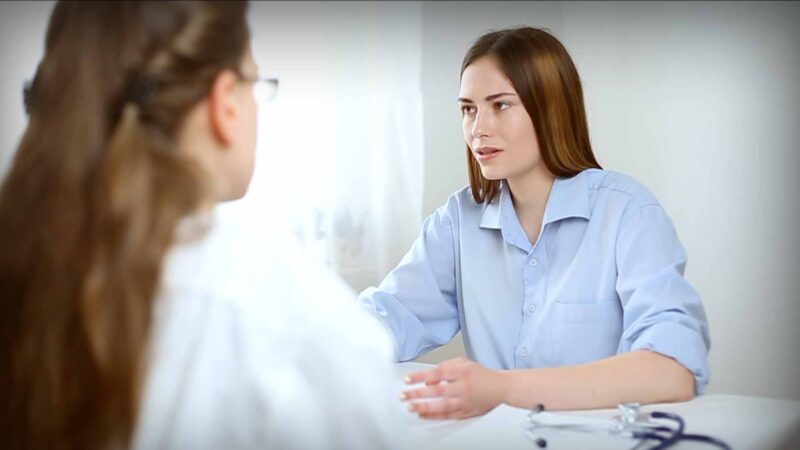BIONIC EYE TRIAL RESULTS SHOW SUBSTANTIAL VISION IMPROVEMENTS OVER TWO AND A HALF YEARS Blind participants with retinitis pigmentosa able to locate doorways, avoid obstacles
SEGMENT
Filmed in Melbourne and Sydney | February 2025
Released on Retinitis Pigmentosa Awareness Month
INTERVIEWED
Professor James Fallon,
Chief Technology Officer Bionics Institute &
Head of the Medical Bionics Department, University of Melbourne
Associate Professor Penelope Allen,
Head of Bionic Eye Project & Principal Investigator,
Centre for Eye Research Australia (CERA) &
Vitreoretinal Surgeon,
Royal Victorian Eye and Ear Hospital
Dr Ash Attia
Chief Executive Officer & Managing Director
Bionic Vision Technologies
Results of the first clinical trial of Australia’s ‘second generation’ bionic eye have demonstrated ‘substantial improvement’ in four participants’ functional vision, daily activities and quality of life over a period of more than two and a half years.
Detailed outcomes from the trial, led by the Centre for Eye Research Australia, Bionics Institute, University of Melbourne and Royal Victorian Eye and Ear Hospital, were published in Ophthalmology Science.
The findings add to interim results which showed that the second-generation bionic eye developed by Australian company Bionic Vision Technologies provided rapid improvements for four patients with blindness caused the genetic eye condition retinitis pigmentosa.
Retinitis pigmentosa is an inherited retinal disease which affects about two million people worldwide and is one of the leading causes of vision loss in working-age people.
The bionic eye comprises an electrode array, designed by the Bionics Institute and the Centre for Eye Research Australia, that is surgically implanted behind the eye. The electrode receives signals from a video camera mounted on glasses, which stimulate the patient’s retina.
Credit: Retinitis pigmentosa fact sheet from Retina Australia
You Might also like
-
Awareness, diagnosis and treatment of Congenital Hypothyroidism
Australian Health Journal spoke to Associate Professor MIchelle Jack about congenital hypothyroidism and newborn screening and her concerns in the varying thresholds for across different states in Australia. Despite the existence of newborn screening programs since the 1970s, there is still controversy surrounding the appropriate screening levels. Congenital hypothyroidism, affecting about one in 3500 infants, can lead to severe intellectual and physical impairment if not diagnosed early. The condition is mainly caused by the thyroid gland’s failure to develop properly, resulting in insufficient thyroid hormone production.
-
Understanding factors of persistent lower back pain in women
Lizzy Quinn is a Musculoskeletal Physiotherapist with 20 years experience focusing on people with spinal pain. Australian Health Journal spoke with Lizzy on the complexities of persistent lower back pain in women.
Lower back pain in women in their 30s, 40s, and 50s is complex to treat due to the combination of physical and emotional factors, and health professionals need to stay updated on best practices and science to provide the best recovery platform for patients. These women typically have busy lives, pressures, and expectations.
-
Navigating the health system for mental health support
Senior professionals and middle managers are experiencing increased burnout and stress, leading to higher alcohol consumption, and there is a need for better support and resources for mental health and addiction treatment in Australia, according to Ruth Limkin, Founder of The Banyans and Chief Development Officer at parent Sana Health Group.



